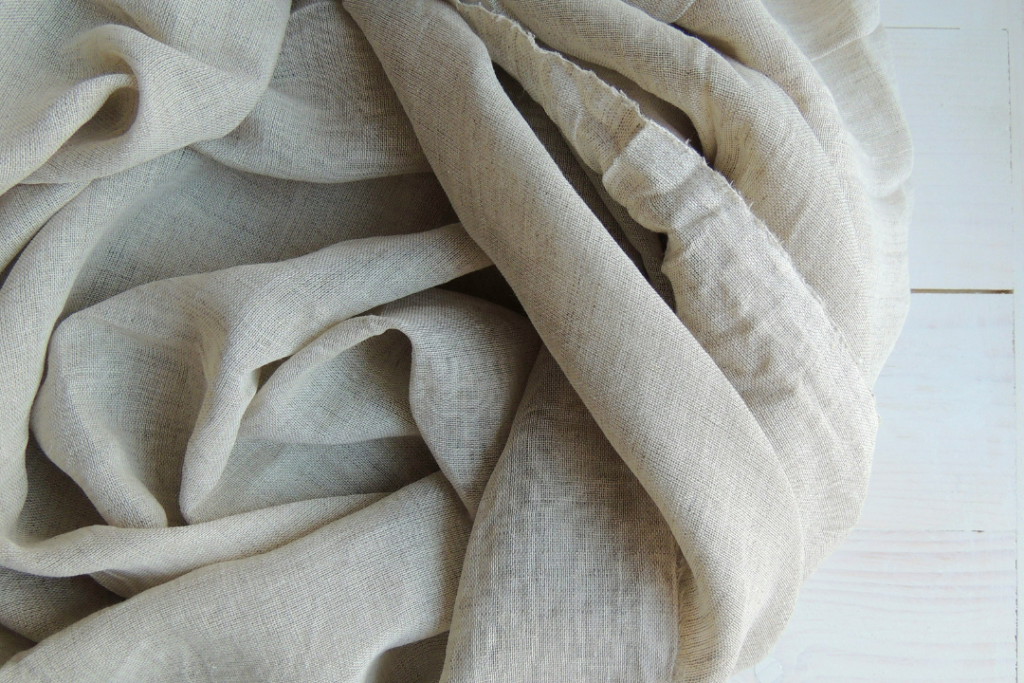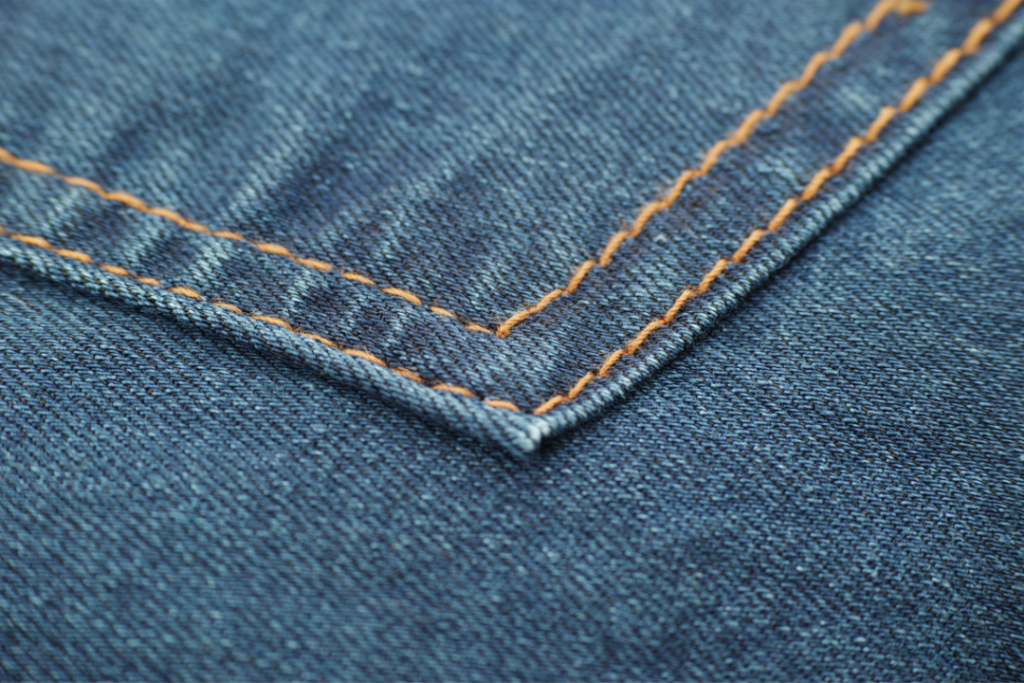
When you’re shopping for clothes it’s important to take a lot of factors into account: the cut, color, pattern, drape, and most importantly, the fit. But it’s also important to think about the kind of fabric you’re buying so that you can buy things that not only fit great today, but will last.
Below, I’ll give you guys a basic intro to fabric and show you what the best fabrics are for your money. If you haven’t learned about fabric before, this knowledge will be invaluable, whether you’re shopping at the mall or making your own clothes.
Table of Contents
Fabric and Fibers 101
Before we talk about fabric, we have to first understand fibers. A fiber is a long and thin strand or thread of material used to create fabric. There are many kinds of fibers used in clothing, some of which are man-made and some of which occur in nature. This article will deal just with natural fiber fabrics. Check back soon for an overview of synthetic, AKA man-made fabrics.
Fibers are made into fabric two ways: weaving or knitting.
Woven fabric is made with two sets of yarn, which consist of spun fibers, crossing over and under each other like the construction paper weaving you did in elementary school. Some examples of woven fabrics are denim, twill, velvet, and corduroy.
Knits are created by repeatedly knotting yarn in one direction. Some examples of knits are jersey and rib knits.
What makes good fabric?

Fabric can be judged on many criteria, including appearance, colorfastness, strength, durability, absorbency, drape, wrinkling, pilling, and required care. Knowing the characteristics of fabrics in a certain garment can help you make smart decisions about which pieces to invest in and which to save on.
In general, if it is not made of high-quality fabric, it shouldn’t be an investment piece. This is not to say, however that you should never buy pieces made with inexpensive fabrics, but it’s important that you know what you’re buying. So get in the habit of reading the care labels on clothes before you buy. If you cannot or don’t want to take care of it the way the label suggests, pick something else – the fabric will respond best to their care instructions.
What are natural fibers?
Flax, cotton, wool, and silk are some of the most common natural fibers. Here is a short history and summary of these fibers, along with their strengths and weaknesses.
Cotton has been used for clothing for centuries and was even used by the Ancient Egyptians. The invention of the cotton gin in 1793 revolutionized the refinement of cotton and the power loom in 1884 made cotton fabric even more affordable to produce. Cotton is commonly used for denim, terry, velveteen, and corduroy and it is strong, absorbent, and washable, but shrinks and wrinkles if it is not properly cared for.
Flax, also called linen, is made from the fibers inside the stem of the flax plant. It is almost twice as strong as cotton, but it does not go back to its original shape if it gets pulled out too much. It must be dry-cleaned.
Wool is commonly made from the fleece of sheep but the term can also refer to other animal hair fabrics as well. It is very absorbent and shrinks easily if not properly cared for. It is also commonly blended with other fibers to strengthen its weak fibers. (More on that next time.) Wool is often used in flannel, crepe, and felt, as well as good old wool sweaters.
Silk is produced by the silkworm when it builds its cocoon, and – in its pure form – always comes from Asia. It is the thinnest natural fiber and it is often used to create beautiful brocades, satins, and chiffons. It requires hand washing or dry-cleaning, but it is strong, absorbent and wrinkle-resistant.
Overall, natural fibers are often more expensive than synthetic fibers, but they are also generally of a higher quality. If you’re looking for something that will last you awhile, look for fabrics made with a high percentage of natural fibers.
Your thoughts?
Do you pay attention to the fabrics listed on clothing labels? Do you make fashion decisions based on fabrics? Do you have a favorite fabric? Any buying tips for your fellow CF readers? Let us know in the comments!

Glad you guys enjoyed this post! Be sure to catch the next one on synthetic fibers coming soon!
Jill
I just finished my Fashion Textiles class so it was nice to see this!
This was great! Thanks so much – I really appreciate learning about the diff types of care best for each type of fabric!
I find it so ironic, that I just got done reading about fibers, then I get on here and look what I see. I absolutely love this post, it goes right along with what I’m learning in one of my Fashion classes at the moment. Thank you for this post.
I’ve been paying more attention to the type of fabric I purchase because I don’t buy clothes very often so I want good quality fabrics. I try to buy more natural fabrics because they breathe better, which is definitely necessary in Florida since it’s hot most of the year.